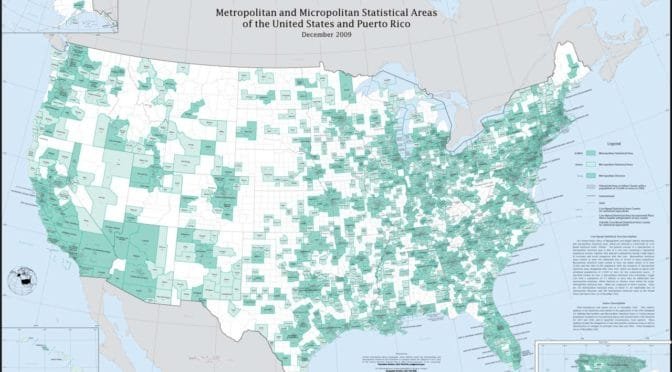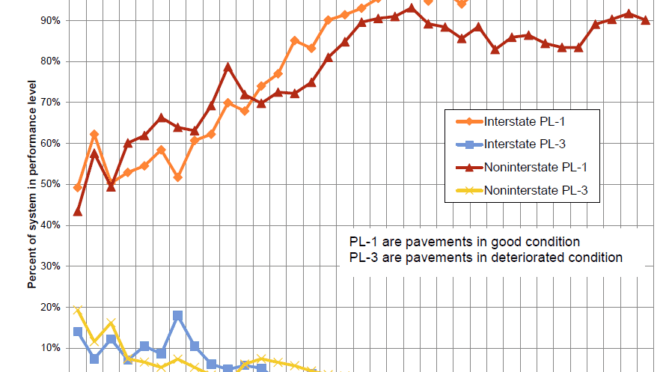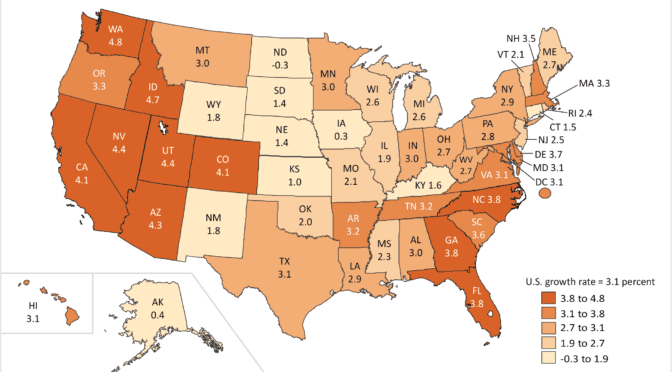We can understand self-serving politicians and bureaucrats. It’s what they do. But a city’s newspaper editorial board ought to be concerned with the truth.
In February the Wichita Eagle editorialized about Project Wichita, a ramping-up effort to do something about the future of Wichita. It’s worthwhile to take a look at the op-ed, if only to learn something about the quality of Wichita Eagle editorial writing.
I understand civic boosterism; the desire to paint a positive image of the future. But this rosy outlook has to be based, at least loosely, on facts. Following, a look at a few claims made in the editorial.
“Our downtown is becoming more of a destination and place to live.”
The problem is this: Wichita economic development officials use a circuitous method of estimating the population of downtown Wichita, producing a number much higher than Census Bureau estimates. Downtown Wichita, the city’s economic development agency responsible for downtown, says the population of downtown is 2,138, which is far — really far — outside the range the Census Bureau gives. For more about this, see Living in downtown Wichita.
As far as a destination for business, the U.S. Census Bureau tracks business trends by zip code. For zip code 67202, which is downtown Wichita, results since 2007 show fewer business establishments, fewer people working downtown, and lower earnings generated in downtown Wichita. In all cases, the trend is lower. For more about this, see Downtown Wichita business trends.
Further, Wichita leaders have exaggerated the number of people working in downtown. For years our leaders told us there were 26,000 daytime workers in downtown Wichita. But this claim is based on misuse of data so blatant it can be described only as malpractice. In fact, this figure is now omitted from the state of downtown reports. No one will accept responsibility for this mistake. See Downtown Wichita jobs, sort of and Downtown Wichita report omits formerly prominent data.
“But Wichita feels pretty good about itself, which suggests the community is at the perfect time to think about its future.”
I have to say, we’ve been hoodwinked, and by our top leaders. Recently both the mayor of Wichita and chair of the county commission penned upbeat editorials praising our economy. See Mayor Longwell’s pep talk and Sedgwick County’s David Dennis on economic development.
But the reality is quite different. See:
Given this, why do the mayor, county commission chair, and our newspaper’s editorial board say what they do? The first two are politicians, but we ought to ask that our newspaper seek the truth, not personal political gain.
“It will get more serious in March, when students and volunteers from Wichita State University’s Public Policy and Management Center …”
This is the same organization on which the city relies for many services, including the gathering of public input in past campaigns like the 2014 sales tax election. The city seemed sure that tax would pass, but voters rejected it by a wide margin.
“Public Policy director Misty Bruckner and her group will deliver feedback and conclusions to Project Wichita’s four co-chairs.”
A few years ago Bruckner co-authored a paper titled “Citizen Attachment: Building Sustainable Communities.” My reporting on it was titled Wichita needs more, and willing, taxpayers. An excerpt: “Increasingly, citizens are retreating from their responsibilities to community and demanding more from government than they are willing to pay for. But changes in local government behavior can be instrumental in reversing this trend, by strengthening citizens’ commitment to the well-being of their communities. Citizens who are committed to community are more willing to accept responsibility for the well-being of their fellow citizens and are also more likely to join with government and other parties to improve their communities. Citizens who are committed to community are also more willing taxpayers — that is, when government demonstrates that it can be trusted to invest public resources in ways that strengthen the community. The central thrust of this model is getting citizens and governments to work together, but realistically, many communities will require new revenue — including additional tax dollars — if they are to assemble the critical mass of resources necessary for meaningful change. Accordingly, citizens who are willing to pay increased taxes are an important component of building sustainable communities.” (emphasis added)
Please don’t fault me for being cynical when I suspect that this entire operation is designed to prepare Wichitans (or the region) for a tax increase.
“Community input will be as wide as the city limits.”
Wait a moment. I thought we were supposed to think regionally.
“Project Wichita seems similar to Visioneering Wichita …”
I wonder if anyone remembers anything positive that resulted from Visioneering Wichita. After a few years, the organization’s website went stale, and staff discontinued making presentation to the city council and county commission See Visioneering asks for money. Let’s ask these questions.
“Unlike Visioneering, Project Wichita isn’t headed by city or county government.”
Visioneering Wichita was led by the Chamber of Commerce, not government. Local governments made financial contributions to Visioneering, just as they are also contributing to Project Wichita.
—
Notes























